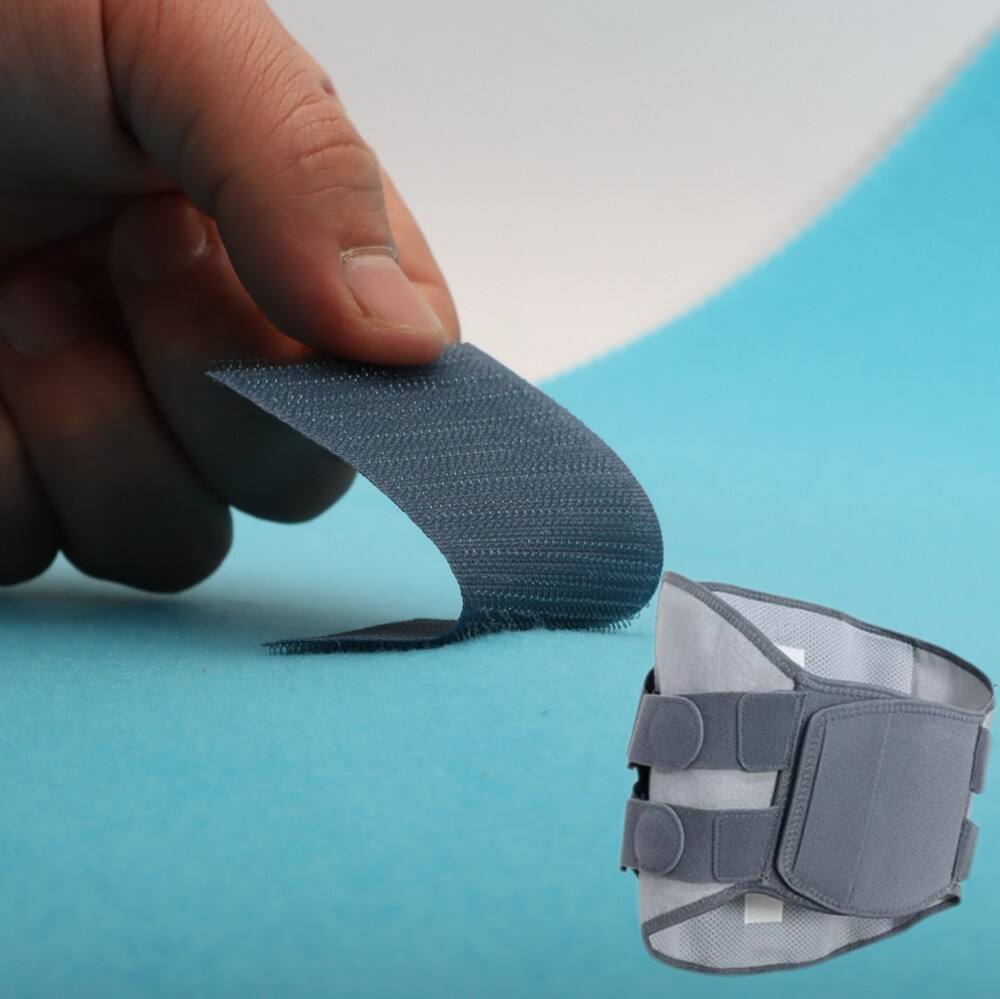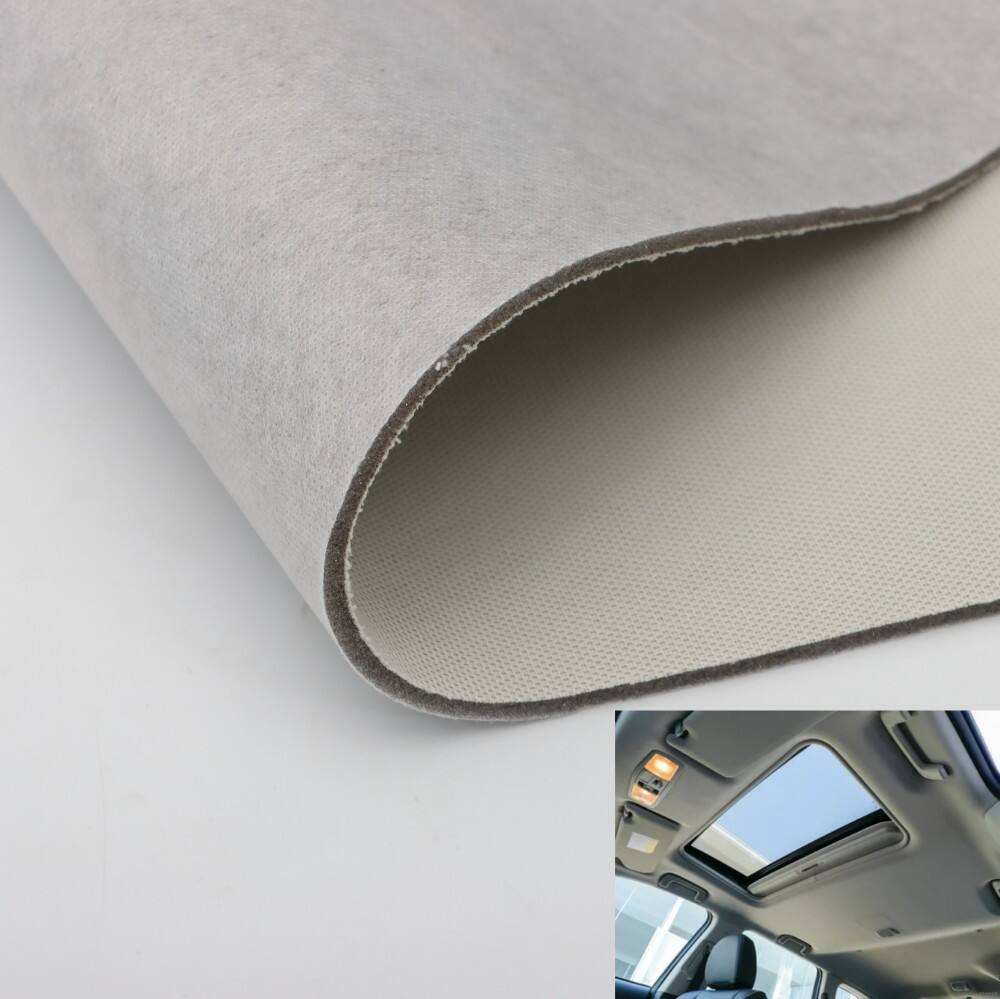Understanding the Revolutionary Material Transforming Modern Textiles
Mesh foam fabric represents a groundbreaking innovation in textile engineering that combines the breathability of mesh with the cushioning properties of foam. This unique material has revolutionized multiple industries, from athletic wear to medical supplies, offering an ideal balance of comfort, durability, and functionality. As we delve deeper into this versatile material, we'll explore its composition, applications, and the reasons behind its growing popularity across various sectors.
The Science Behind Mesh Foam Fabric Construction
Material Composition and Manufacturing Process
Mesh foam fabric consists of a specialized combination of synthetic fibers and foam elements, carefully engineered to create a three-dimensional structure. The manufacturing process involves bonding multiple layers of mesh material with foam components, resulting in a fabric that maintains both flexibility and structural integrity. This intricate process ensures that the mesh foam fabric retains its shape while providing optimal air circulation and moisture management.
The production typically involves advanced textile manufacturing techniques, including thermal bonding and precision cutting, to achieve the desired thickness and density. Manufacturers can customize the foam density and mesh size according to specific applications, making it highly versatile for different uses.
Key Properties and Characteristics
The distinctive properties of mesh foam fabric make it an exceptional choice for various applications. Its primary characteristics include superior breathability, excellent moisture-wicking capabilities, and remarkable durability. The open-cell structure of the foam component allows for enhanced air circulation, while the mesh elements provide structural support and maintain shape retention.
Additionally, mesh foam fabric offers outstanding compression resistance and quick recovery properties. These features ensure that the material maintains its performance characteristics even after prolonged use and repeated compression cycles. The fabric's lightweight nature, combined with its strength, makes it ideal for applications requiring both comfort and durability.
Applications Across Various Industries
Athletic and Sports Equipment
In the sports industry, mesh foam fabric has become indispensable for manufacturing high-performance gear. Athletic equipment manufacturers utilize this material in everything from protective padding to specialized training equipment. The fabric's ability to provide impact absorption while maintaining breathability makes it perfect for sports accessories, including shoulder pads, helmet linings, and protective gear.
Fitness equipment also benefits from mesh foam fabric's unique properties. Exercise mats, weightlifting accessories, and gym equipment padding incorporate this material to enhance user comfort and safety while ensuring longevity of the products.
Medical and Therapeutic Uses
The healthcare sector has embraced mesh foam fabric for its exceptional properties in medical applications. Orthopedic supports, wheelchair cushions, and therapeutic devices utilize this material to provide optimal pressure distribution and comfort for patients. The fabric's breathable nature helps prevent moisture accumulation, reducing the risk of skin irritation and promoting better healing conditions.
Medical professionals particularly value the material's antimicrobial properties and ease of cleaning, making it suitable for various healthcare environments. The fabric's ability to maintain its shape while providing necessary support has made it a preferred choice in medical mobility aids and rehabilitation equipment.
Commercial and Industrial Applications
Furniture and Interior Design
The furniture industry has discovered numerous applications for mesh foam fabric, particularly in modern office and home furnishings. Office chairs, ergonomic seating solutions, and comfort-focused furniture pieces incorporate this material to provide superior comfort during extended periods of use. The fabric's breathability helps maintain comfortable temperatures, while its durability ensures long-lasting performance.
Interior designers frequently specify mesh foam fabric for various applications, including acoustic panels, decorative elements, and specialized seating solutions. The material's versatility in terms of color options and finishing possibilities makes it an attractive choice for contemporary design projects.

Transportation and Automotive Uses
In the transportation sector, mesh foam fabric has found extensive applications in vehicle seating and interior components. Automotive manufacturers utilize this material for seat cushions, headrests, and interior padding, taking advantage of its excellent comfort properties and durability. The fabric's ability to maintain its shape while providing consistent support makes it ideal for long-duration transportation applications.
Aircraft and marine vehicle manufacturers also incorporate mesh foam fabric in their designs, particularly in seating and interior components where comfort and durability are paramount. The material's lightweight nature contributes to fuel efficiency while maintaining necessary safety and comfort standards.
Maintenance and Care Guidelines
Cleaning and Preservation Methods
Proper maintenance of mesh foam fabric ensures its longevity and continued performance. Regular cleaning using appropriate methods helps preserve the material's properties and appearance. Gentle vacuuming or brushing removes surface debris, while spot cleaning with suitable cleaners addresses specific stains or marks.
For more thorough cleaning, it's essential to follow manufacturer-specific guidelines to avoid damaging the fabric's structure. Many mesh foam fabric products can be cleaned with mild detergents and water, but harsh chemicals should be avoided as they may compromise the material's integrity.
Storage and Protection Recommendations
Proper storage plays a crucial role in maintaining mesh foam fabric items. The material should be stored in clean, dry environments away from direct sunlight and extreme temperatures. Avoiding compression during storage helps maintain the fabric's original shape and performance characteristics.
For items not in regular use, protective covers can help prevent dust accumulation and potential damage. It's important to ensure adequate ventilation during storage to prevent moisture buildup and potential material degradation.
Environmental Impact and Sustainability
Eco-friendly Manufacturing Processes
Modern manufacturers of mesh foam fabric are increasingly focusing on sustainable production methods. This includes using recycled materials, implementing energy-efficient manufacturing processes, and reducing waste during production. Some companies have developed innovative techniques to create mesh foam fabric using environmentally friendly components while maintaining high-performance standards.
The industry continues to explore new ways to minimize environmental impact through improved manufacturing processes and material selection. This includes developing biodegradable alternatives and implementing closed-loop recycling systems for production waste.
Recycling and End-of-Life Considerations
As sustainability becomes increasingly important, manufacturers and users are paying more attention to the end-of-life management of mesh foam fabric products. Many items can be recycled or repurposed, contributing to reduced environmental impact. The industry is developing new recycling technologies specifically designed for composite materials like mesh foam fabric.
Consumers and businesses are encouraged to participate in recycling programs and seek sustainable disposal options for mesh foam fabric items that have reached the end of their useful life. This approach helps minimize landfill waste and promotes responsible resource management.
Frequently Asked Questions
How Long Does Mesh Foam Fabric Typically Last?
The lifespan of mesh foam fabric depends largely on its application and usage conditions. With proper care and maintenance, high-quality mesh foam fabric products can last several years. Regular cleaning and appropriate storage can significantly extend the material's useful life.
Can Mesh Foam Fabric Be Custom-Made for Specific Applications?
Yes, mesh foam fabric can be customized in terms of density, thickness, and other properties to meet specific requirements. Manufacturers can adjust various parameters during production to create materials tailored for particular applications and performance needs.
Is Mesh Foam Fabric Fire-Resistant?
Many mesh foam fabric products are manufactured with fire-resistant properties to meet safety standards, particularly for applications in furniture and transportation. However, the level of fire resistance varies depending on the specific formulation and intended use.







